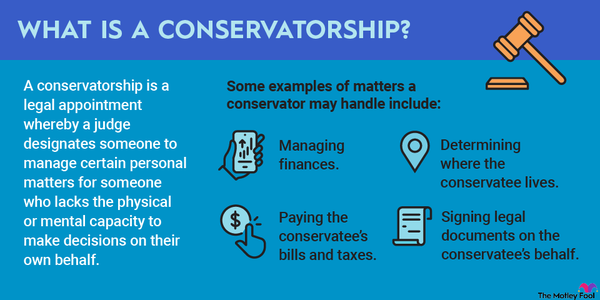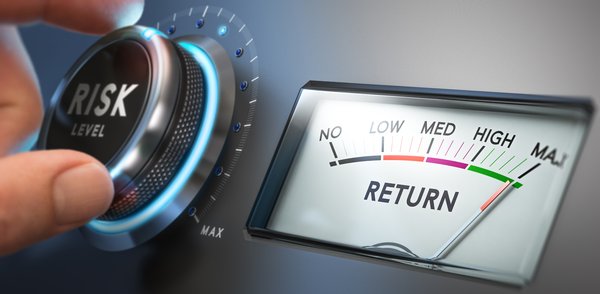The CAPE ratio, short for cyclically-adjusted price-to-earnings ratio, is a valuation metric for stock prices and indexes. Invented by economist Robert J. Shiller, it’s also known as the Shiller P/E ratio. While high CAPE ratios are generally considered a predictor of poor future returns, there’s debate over how accurate this metric is. Here’s what you need to know about how the CAPE ratio works and if you should use it.

What is the CAPE ratio?
What exactly is the CAPE ratio?
The CAPE ratio is a valuation metric that takes a long-term look at a stock or index’s performance. You calculate it by dividing a stock’s share price by its average inflation-adjusted earnings over 10 years.
As the name suggests, the CAPE ratio is a variation on the P/E ratio, a common valuation metric for companies. Because it’s based on 10 years of earnings data, the CAPE ratio provides a more thorough look at a company’s earnings related to its share price than the P/E ratio.
Why is the CAPE ratio important?
Why is the CAPE ratio important for investors?
The purpose of the CAPE ratio is to determine when a company or stock index is overvalued or undervalued. A high CAPE ratio indicates that the stock could be overvalued and in line for poor future returns. Conversely, a low CAPE indicates that the stock could be undervalued, potentially making it a good buy. Here’s a quick rundown of different CAPE ratios and what they indicate:
- 10 or less is a low CAPE ratio and could indicate good future performance.
- 25 or more is a high CAPE ratio and could indicate a future crash.
- The historical median is a CAPE ratio of about 16.
The CAPE ratio for the S&P 500 index is considered one potential indicator of a future stock market crash. There has been a correlation between market crashes and the CAPE ratio. However, critics believe the CAPE measure has little predictive value.
How to use the CAPE ratio
How to use the CAPE ratio
The CAPE ratio is one metric you can use to evaluate an investment, along with other financial details such as the P/E ratio. You can look up the CAPE ratio for any stock or market index. Then you can use it when deciding whether to buy or sell.
There is debate over how accurate the CAPE ratio is, especially when used with individual stocks. Even with market indexes, some believe it isn’t a good predictor of returns and that it presents an overly pessimistic outlook. This doesn’t mean it’s useless. But as with any metric, you shouldn’t rely on a CAPE ratio alone to decide how to invest.
Example
A real-world example
In 2007, the CAPE ratio for the S&P 500 exceeded 25 for only the third time. The previous occurrences were before the stock market crash of 1929 and before the bursting of the dot-com bubble. Once again, this high CAPE was the sign of an impending crash, in this case the Great Recession.
However, the CAPE ratio has been higher than 25 and even 30 since then in the mid-2010s and early 2020s, and we haven't seen that kind of market crash. Investors who held off would have missed out on significant gains. While active investors may want to make the CAPE ratio one of the metrics they use, it’s less important if you’re planning to buy and hold for decades, since you’ll be able to ride out down markets.
















































































































































